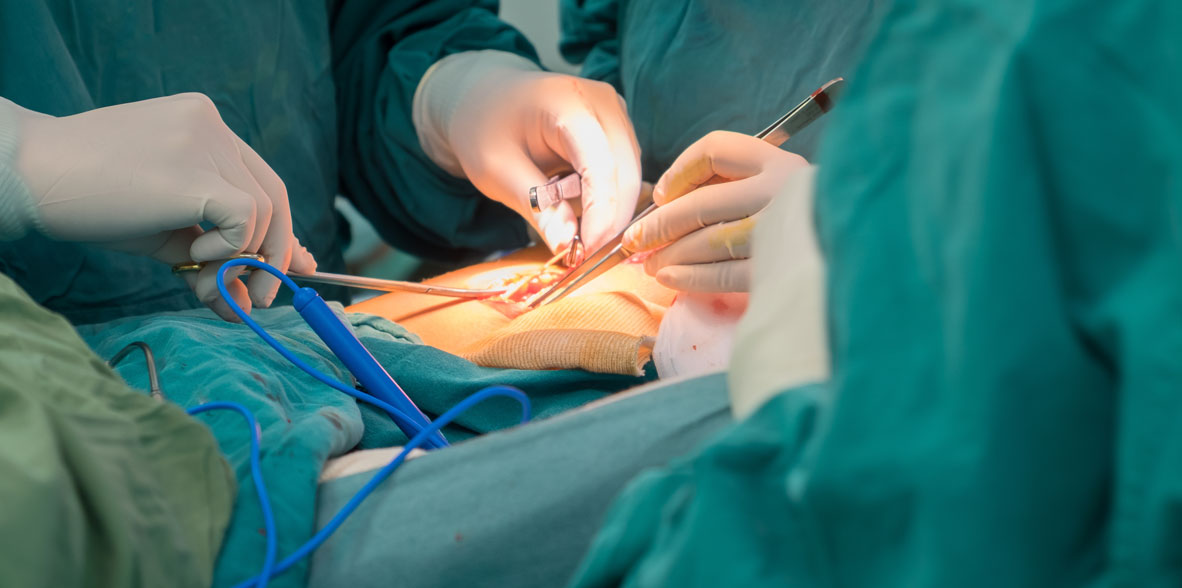

 Centro Médico Teknonen/health-centers/centro-medico-teknon
Centro Médico Teknonen/health-centers/centro-medico-teknon
Dysphagia is difficulty swallowing; odynophagia, painful swallowing. Swallowing is achieved in three stages: a) involuntary movement of the food bolus to the pharynx, with relaxation of the upper esophageal sphincter and cricopharyngeal muscle; b) reflex (involuntary) propulsion of food by the pharynx by means of contraction waves, and c) transport of the bolus through the esophagus to the stomach, by means of positive pressure waves (primary peristalsis), followed by reflex relaxation of the lower esophageal sphincter.
- Heartburn and dyspepsia
10% of the U.S. population has heartburn on a daily basis; usually due to gastroesophageal reflux or peptic ulcer. It may also be due to cholelithiasis, irritable bowel and intestinal motility disorders. Heartburn is a postprandial retrosternal burning sensation, while dyspepsia is an epigastric discomfort, with nausea, fullness and tympanism.
- Anorexia
Anorexia is the lack of appetite or lack of desire to eat. Appetite is a phenomenon that originates in the central nervous system and for this reason anorexia originates there. The feeding and satiety centers are in the medial and lateral hypothalamus. Organic causes include inflammatory processes of the intestines, carcinomas of the pancreas, stomach and liver, hepatitis, alcoholism; end-stage renal failure, congestive heart failure; panhypopituitarism; Adrenal cortex insufficiency and hyperparathyroidism.
- Weight loss
A loss greater than 5% is significant. Check with family members or by adjusting clothes. It may be due to decreased intake, increased metabolic rate, catabolism, malabsorption, or psychosocial factors. Chronic infections and endocrine disorders (Addison's disease, thyrotoxicosis, diabetes) should also be considered. Gastrointestinal causes can be deduced by anamnesis, relationship with meals, presence of vomiting or abdominal pain. Character is important in the diagnosis of malabsorption.
Physiopathology
The two centers in the reticular zone of the bulb are the chemoreceptor zone and the integrated center. The afferent pathways come from almost every site on the body. The vagal ducts are of enormous importance, but vagotomy does not cancel out vomiting. The afferent and sympathetic pathways do not mediate the vomiting that occurs with abdominal distention. Vomiting arises when both somatic and visceral efferent pathways cause glottis closure, diaphragm contraction, pylorus closure, and gastric relaxation followed by antipersital contractions that run from the middle of the stomach to the incisura and end in abdominal, diaphragmatic, and intercostal contractions. Vomiting is accompanied by signs and symptoms of discharge from the autonomic nervous system.
- Gas and tympanism
Often the cause is unclear. Lactose deficiency can increase tympanism. Belching is the retrograde passage of gas, it is useful for removing excess swallowed air. It is exacerbated by certain foods. Chronic belching may be due to gallstones, peptic ulcer, or reflux. Gas tympanism or inability to burp may depend on previous fundoplication.
- Flatulennce
The normal digestive tract contains less than 200 ml of gas, with an average feeding of 600 ml daily. Almost all flatus comes from swallowed air and some are secondary to bacterial metabolism. Excessive flatulence is usually due to increased swallowing of air, dysmotility and impaired bacterial metabolism or overgrowth.
The emptying of the stomach takes place in a period of three to four hours, the digested food reaches the ileocecal valve within two to three hours and in about nine hours the passage of substances through the digestive tract is completed.



































